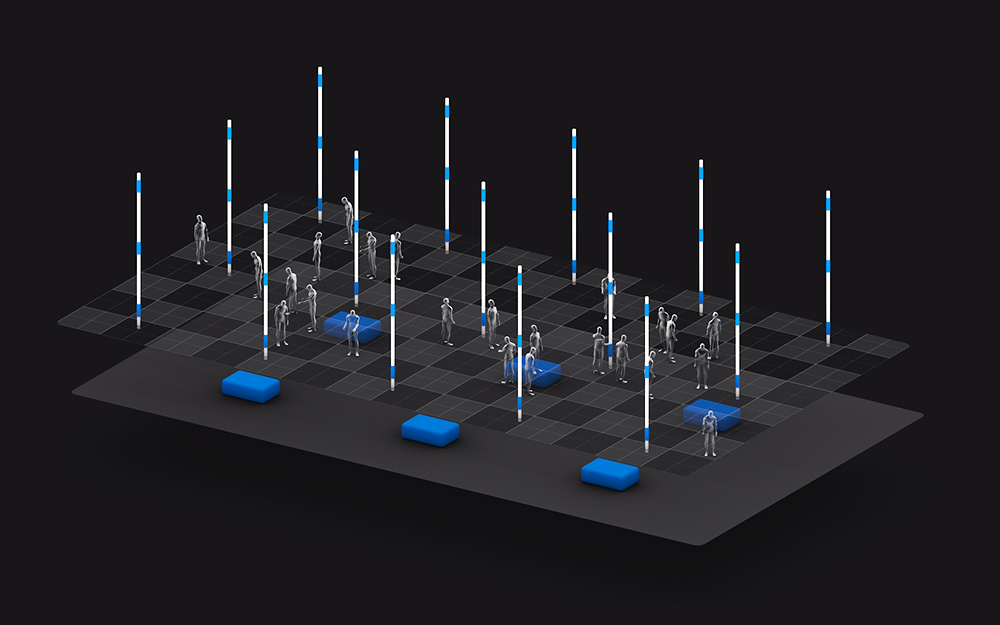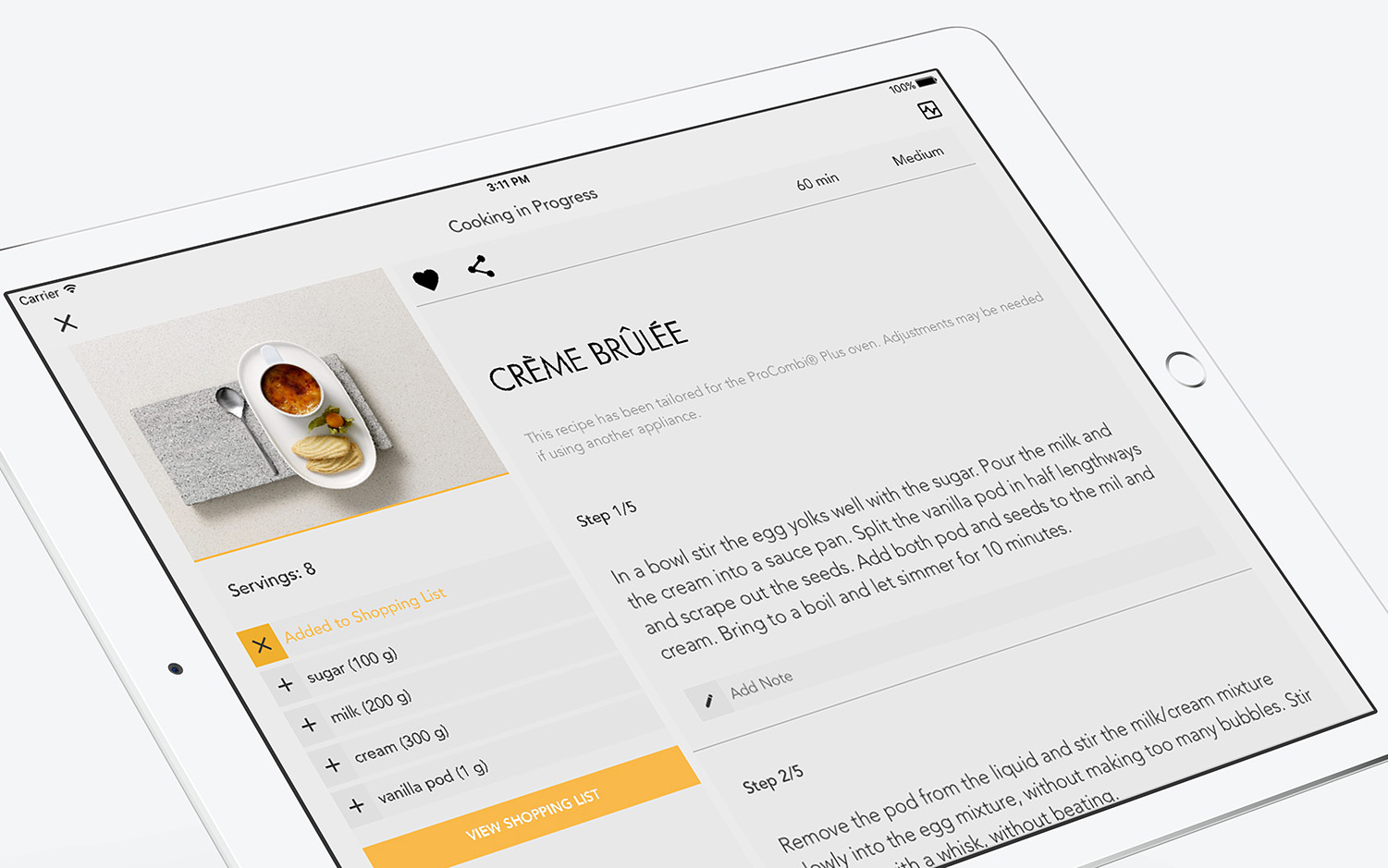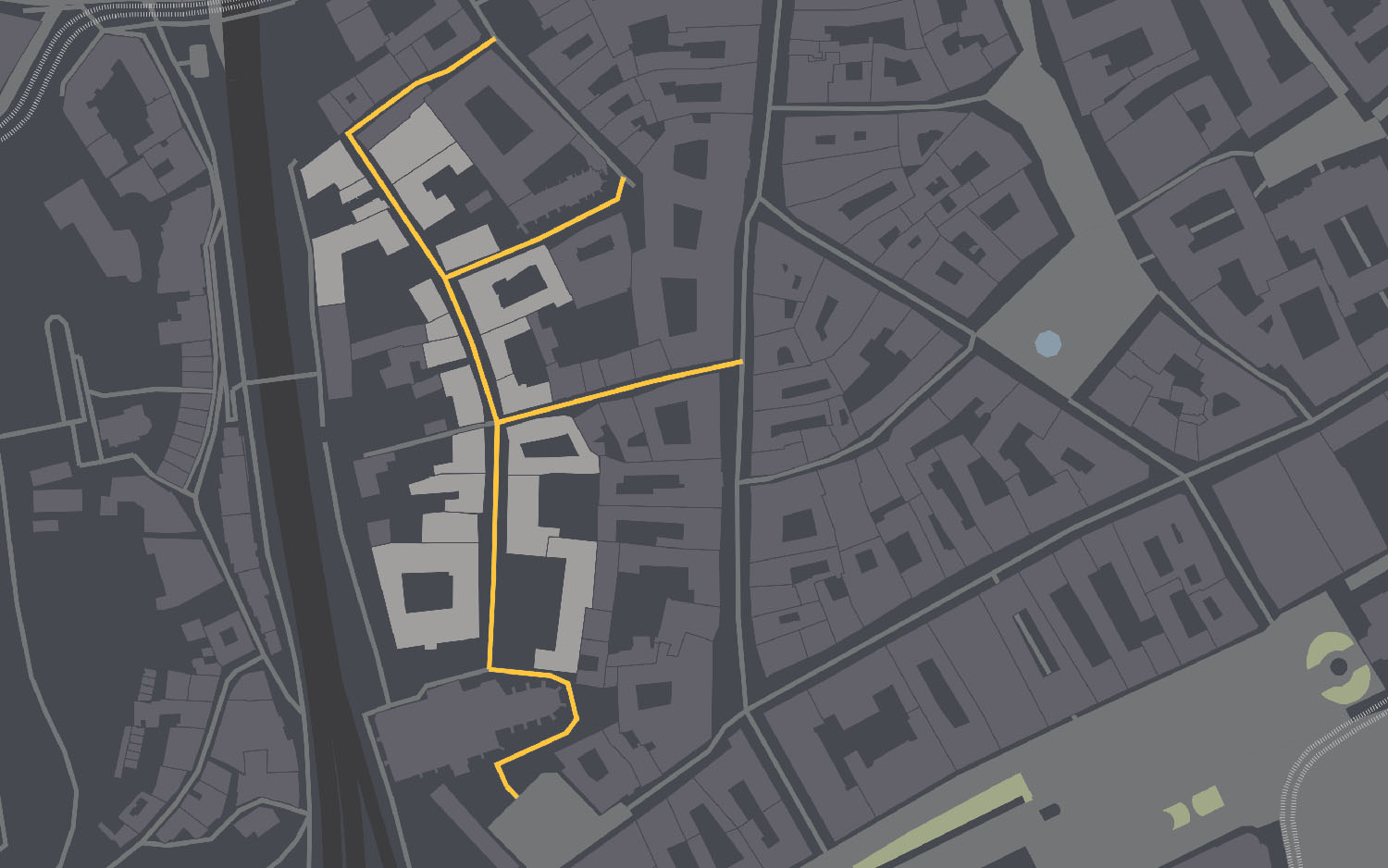Triaining 2038
Human Data Collection for Artificial Intelligence
Interactive VR Installation
Since the first industrial revolution, automation is one of the major objectives in the development of productivity, i.e. to replace human workforce with task-performing machines. Today, under algorithmic capitalism and industry 4.0, scripted interactions are prone to stake out a territory in terms of employment in historic measures.
Artificial Intelligence disrupts a large segment of the industry – from the self-driving cars reinventing transportation, chatbots reinventing friendship, unmanned drones reinventing war, smart domestic appliances reinventing housework to e-government reinventing politics. How far are we prepared to hand over the control to our machines? Safety being a major social issue here, we need to pre-mediate outcomes and train our future robots in order to avoid catastrophic results. But are we 100% sure of what values we should be teaching to the artificial beings? Do we inherently have an ethical code of conduct that can be universally applied?
Introduction
In summer of 2017 Kitchen Budapest celebrated its tenth anniversary. As we wanted to celebrate with something special, we chose to design and produce an interactive installation, available for our community during a couple of dedicated events on various venues in the city. Training 2038 is an experimental research project in form of an ongoing data collection, that aims to portray general public's perception of the involvement of AI in their everyday's life and and the depth of AI's control over it.
My role was to create a streamlined experience for the participant interacting with the installation. I've supervised art direction, branded the project and also designed all sound and music one can hear inside VR.
The Story
Training 2038 was built to engage everyday people in ethical dilemmas about algorithms and automation. Instead of outlining frightening abstractions of the singularity, it aims to explore the hidden corners of everyday life that have been penetrated by programmed interactions in a pragmatic sense. The core mechanic is democratises the process of defining the core principles of AI decision making to amplify the emotional response of participants.
T2038 teleports the human instructor to a cold, alien environment. Standing on a circular platform with a control interface, the participant, a 'Test Subject', is put in a dialogue with an instance of this intelligent AI (dubbed as ‘the Entity’). Through a series of questions, the Entity seeks to understand on what basis and how us, humans make decisions.
As the outcome of this crowd-sourced interrogation process, the Entity is ought to create a protocol that sets a series of principles. Those are supposed to guide other instances of AI in situations where it gets adapted to use widely in our daily lives.

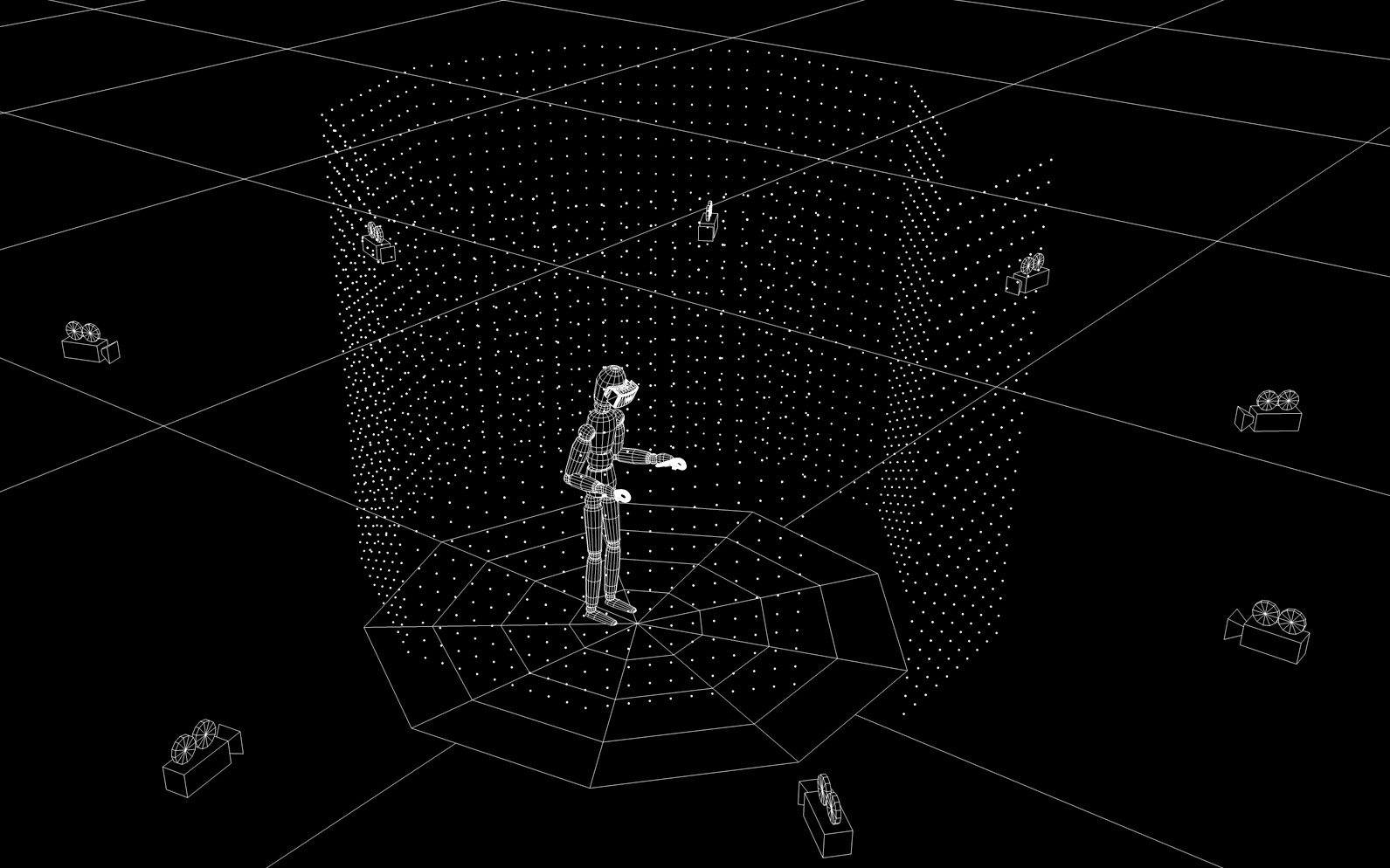
We've decided to use VR as it allowed us to make the whole story and the questioning process more intimate and serious. The whole point of doing so was to explore the public's opinions on moral questions that arise with more and more AI-induced decision making being present in our daily lives.
Flow
In practice, the user selects one of six themes (categories) when the VR headset is deployed, asking him to ask questions, essentially moral dilemmas, which the user answers with spheres. Each question has two, mostly contradictory responses from which the user always chooses one, and on the basis of his or her answer, the entity handles the next question. It directly follows the answer. In essence, the entire dialogue system is a form of a branching dialog system - that's why each user experience is unique.


Each category takes about 10 minutes, depending on how the user responds. After answering all questions, the entity creates a customized interpretation of how the person responds and asks him to provide the headset to the next 'human instructor' beginning with the next session.

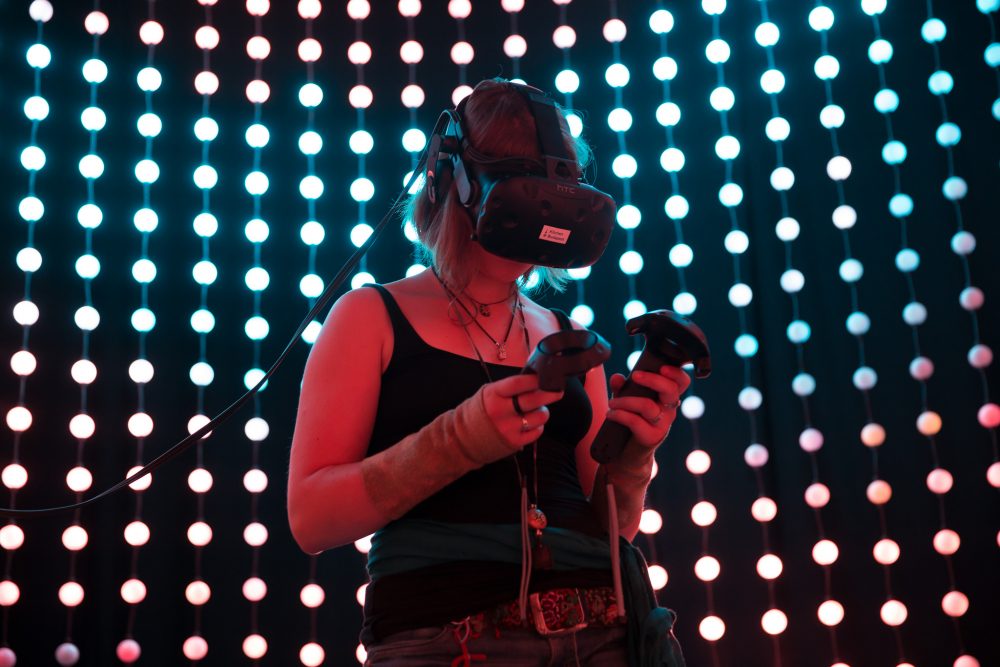
Physical installation
The whole experience is personalized, and the entity addresses users by the name they initially specify - we intended to immerse people as much as possible, placing them under the spotlight and feeling the future directly depends on their decisions. At the same time, the VR part is accompanied by a physical installation - the headset is located in the centre of a 4-meter wide circle, surrounded by a matrix of 2000 programmable LED lights. They create a personal space for participants and provide privacy, and also it's a metaphor of the virtual space in which one is located during the experience. The LEDs reflect the interactions performed inside VR, making the installation visually appealing for those outsuide


Soundtrack & Sound design
The whole experience is accompanied by a custom soundtrack I've produced. Each category of questions has its respective theme song, that starts playing in the background as the user selects a topic. The Entity uses a runtime-based text-to-speech, that also allows to call the users by the name they provided and making the experience more immersive. You can listen to the soundtrack on my Bandcamp or above.
The Future of Training 2038
Training 2038 is still being exhibited on conferences and events affiliated with Kitchen Budapest or T-Systems. We are currently working on an interface where anyone can see how people interact with the installation, since the responses from each session are anonymously recorded. As Training 2038 is a research project, we are curious to see if there are some patterns in how people respond in different places.
Interaction design / UX: Filip Ruisl, Gábor Pribék
Code: Gábor Pribék, Jonathan Ravasz
3D modelling: Iván Rohonyi-Demkó
Sound design, music: Filip Ruisl
AI chatbot: Richárd Nagyfi
Story & content: Attila Nemes, Orsolya Forster,
Patrik Makrai, Judit Varga, Richárd Nagyfi, Szilvi Német
Physical installation: Healium Decoration
